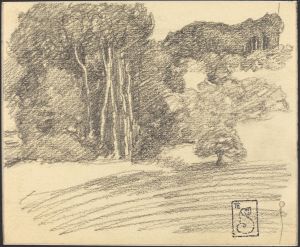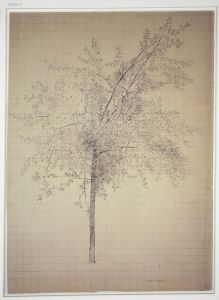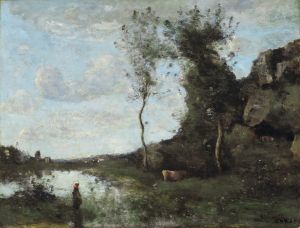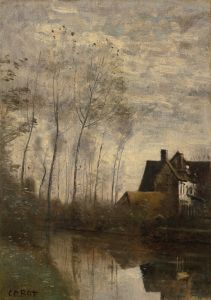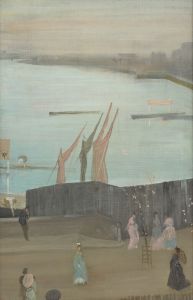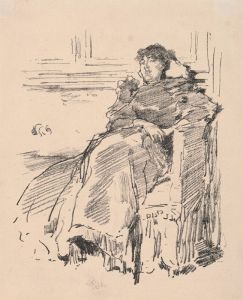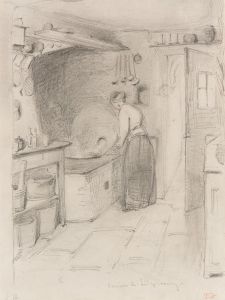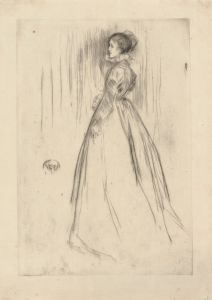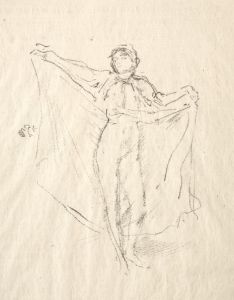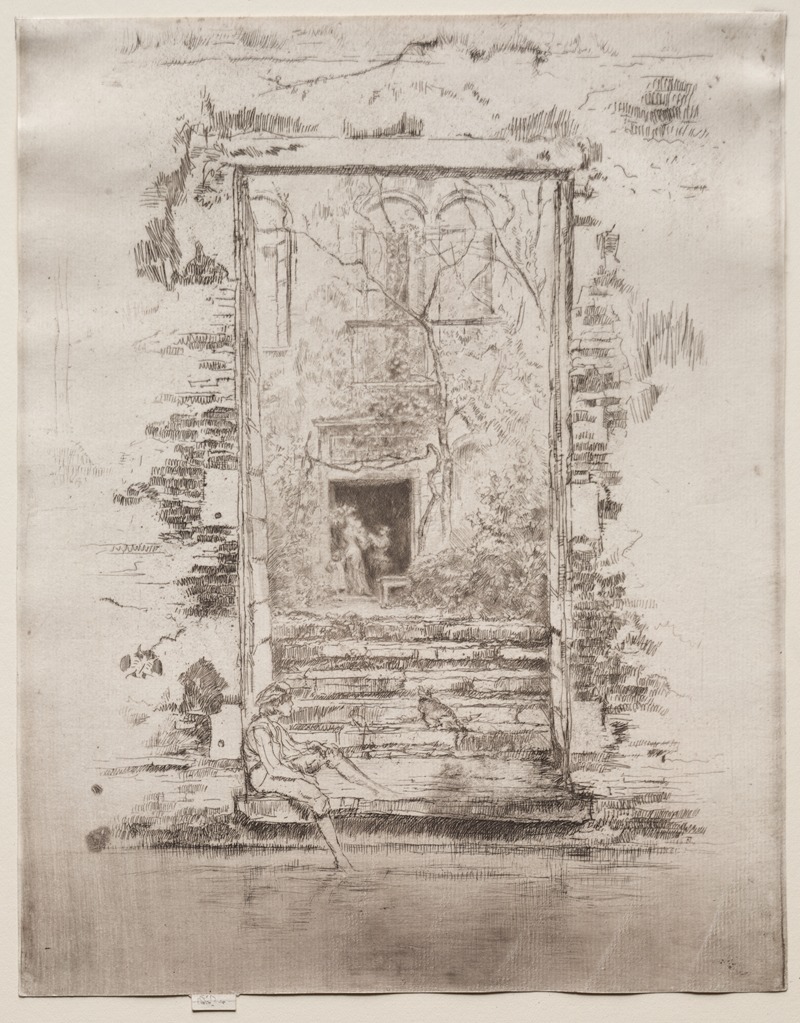
Garden
A hand-painted replica of James Abbott McNeill Whistler’s masterpiece Garden, meticulously crafted by professional artists to capture the true essence of the original. Each piece is created with museum-quality canvas and rare mineral pigments, carefully painted by experienced artists with delicate brushstrokes and rich, layered colors to perfectly recreate the texture of the original artwork. Unlike machine-printed reproductions, this hand-painted version brings the painting to life, infused with the artist’s emotions and skill in every stroke. Whether for personal collection or home decoration, it instantly elevates the artistic atmosphere of any space.
James Abbott McNeill Whistler was an American artist known for his significant contributions to the art world during the late 19th century. He was a leading figure in the Aesthetic Movement, which emphasized the visual and sensual qualities of art and design over practical, moral, or narrative considerations. Whistler's work is characterized by his innovative use of color and his focus on the harmony of composition.
One of Whistler's lesser-known works is "Garden," a painting that reflects his interest in capturing the beauty and tranquility of natural settings. While there is limited information available specifically about this painting, it is consistent with Whistler's broader artistic themes and techniques.
Whistler often drew inspiration from his surroundings, and gardens were a recurring subject in his work. His approach to painting gardens was influenced by his belief in "art for art's sake," a principle that suggests art should be appreciated for its beauty and form rather than for any narrative or moral message. This philosophy is evident in the way Whistler approached his compositions, focusing on the arrangement of colors and forms to create a harmonious and pleasing visual experience.
In "Garden," Whistler likely employed his characteristic style of using a limited color palette and subtle tonal variations to evoke a sense of atmosphere and mood. His technique often involved delicate brushwork and an emphasis on the interplay of light and shadow, which would have been used to capture the serene and contemplative nature of a garden setting.
Whistler's work was heavily influenced by Japanese art, particularly the use of space and the emphasis on simplicity and elegance. This influence can be seen in the way he composed his paintings, often leaving areas of the canvas relatively open to create a sense of balance and tranquility. In "Garden," this might manifest as a careful arrangement of elements within the scene, allowing the viewer's eye to move naturally through the composition.
While specific details about "Garden" are scarce, it is likely that the painting reflects Whistler's broader artistic goals of creating beauty and harmony through his work. His paintings often invite viewers to appreciate the subtle nuances of color and form, encouraging a meditative and immersive experience.
Whistler's contributions to the art world extend beyond his individual paintings. He was a key figure in the development of modern art, challenging traditional notions of what art should be and influencing subsequent generations of artists. His emphasis on aesthetic beauty and his innovative techniques continue to be celebrated and studied by art historians and enthusiasts alike.
In summary, while detailed information about "Garden" by James Abbott McNeill Whistler is limited, the painting can be appreciated within the context of Whistler's broader body of work and his artistic philosophy. His focus on beauty, harmony, and the sensory experience of art remains a significant aspect of his legacy.





